Media | Articles
Opinion: 6 classics that don’t match their mythology
Anyone who’s ever read a comment section online knows that there’s no shortage of “expert” opinion out there extolling the virtues and vices of our favorite rides. Much of it is based on second- and third-hand experience, or even outright hearsay. That doesn’t stop the momentum from building, though, and before long a car gains a reputation that may or may not accurately represent the actual ownership experience. After having 40+ cars pass through my often-undeserving hands, I’ve developed a few opinions of my own, often running contrary to conventional wisdom.
1963 Buick Riviera
I’ll concede I’m probably not the target market for a first-gen Riv. Floating down a perfectly paved freeway for hours on end isn’t what I’d choose to do behind the wheel, even if I knew of a such a road anywhere near me. But that’s what the Riviera excelled at, sort of. Its undulating ride was more disconcerting than cruise-worthy. It had the turning radius of a city bus, and its puny brakes may have set a postwar record for largest inverse relationship between horsepower and stopping ability. And don’t get me started on the numb power steering. While the Riviera was certainly attractive, as a driver, it fell miles short of Bill Mitchell’s aspiration to build an American Ferrari. I sorely wish that Mr. Mitchell had been able to pry some brake, steering and suspension mojo from the excellent C2 Corvette. Sleek styling wasn’t enough to forgive its ills, so I’m forced to say the Riviera is overrated.
1965 Jaguar E-type
The Series I E-type is undoubtedly a good-looking car, regardless of whether or not you believe the story of Enzo Ferrari calling it the most beautiful car he’d ever seen. What is rarely talked about is how well the car drives, even by modern standards. It’s the opposite of the Riviera in that its chassis dynamics were commensurate with its good looks.
The Jag’s rack and pinion steering is delightful, communicative, and precise. Power assist isn’t even needed. The post-1964 all-synchro four-speed is a joy to shift, and its 4.2-liter dual-overhead cam straight six, while not rev-happy, makes good torque and more than adequate power. That said, I suspect its advertised 265 hp may have been a touch ambitious. No matter, at just under 2,900 lbs., it was good for 0-60 in about seven seconds. D-Type-inspired four-wheel disc brakes were good for the time, and while the car was set up more for GT-style driving than track-ready handling, if you could deal with the body roll, you could have fun exploiting the car’s power and near 50/50 weight distribution.
Marketplace
Buy and sell classics with confidence
The car isn’t without its peccadilloes, particularly with regard to its electrical system. But ultimately, when you look at values of its more exotic competition relative to their performance and livability, The E-Type begins to shine. For that reason, I find this cat a bit underrated.
1971 Datsun 240Z
I’ve owned four first-generation Z cars, though I’ve never kept one for a long time. There’s a reason for that: of any car I’ve owned, the corner-cutting to achieve a bargain base price is most evident in a Z. There’s almost no sound deadening to be found anywhere in the car, from the floors to the lightly padded, vinyl headliner, and as a result the freeway drone is maddening. In addition to the gratuitous noise (I will admit that the actual exhaust note is pleasing), in any significant crosswind, the early Z’s freeway wander is downright scary. The BRE front spoiler helps, if only a little. Inside, the plastic quality is backyard kiddie-pool spec.
I suppose it’s not really the car’s fault—it’s so pretty, and it handles and performs so much above its class that you expect the details to be as nice as a Porsche 911. They’re not, so I’ve always considered the Z to be a bit overrated.
1979 Porsche 924
If ever there was a car for which I had low expectations, this was it. I’m a multiple 911 owner, and before this car, I’d never owned any flavor of transaxle Porsche—certainly not the one deemed to be the worst of them, the original Audi-powered 924. I bought the car for $2,000 to do a “2,000 miles in a $2,000 Porsche” story for the magazine that I edit, Porsche Panorama. It was a middling road trip story at best, mostly because the car gave me zero material to work with. Nothing broke, though if it had, I think I could have solved most of it on the roadside because of the car’s inherent simplicity. Was it a little buzzy and underpowered? Yes, but the car’s beautiful balance, solid build, and sturdy honesty made up for that. As did its attention to aerodynamics, which gifted the 924 a lack of wind noise and near 30-mpg thrift on 87 octane fuel. Subjectively, I also found it quite pretty. The 924 surprised me in the best ways, and since then, I’ve considered it the essence of an underrated car.
1975 BMW 2002
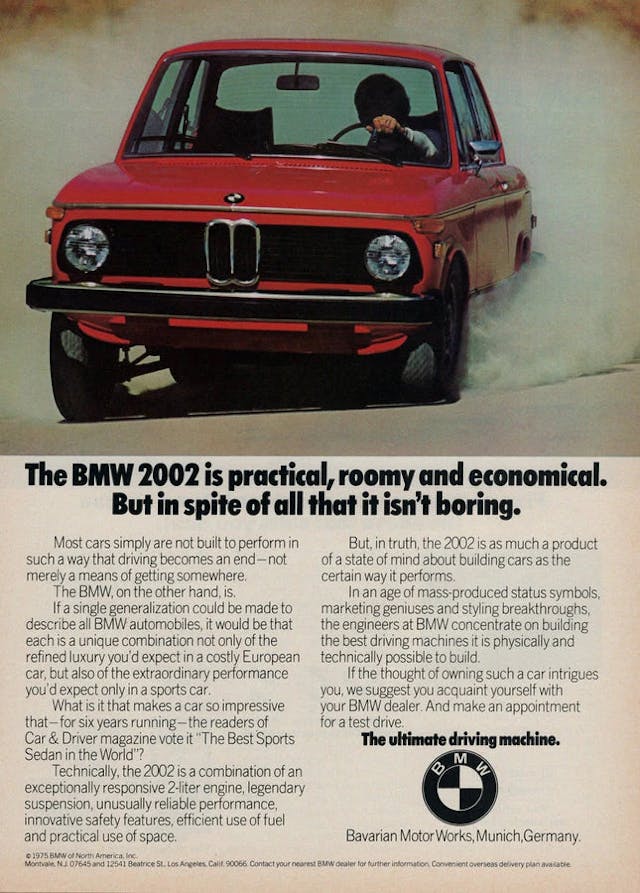
My 2002 was the exact opposite of the 924. The little Bimmer was a car for which I had huge expectations, most of which went unfulfilled, particularly in light of David E. Davis Jr.’s assessment that the BMW 2002 was the best way to get somewhere sitting down. It’s not that there weren’t any positives. The 2002’s driving position and outward visibility were top notch, but I found the car to be buzzy and underpowered in a far more egregious way than I found the 924. The lack of fuel injection combined with crude emission controls made for annoying flat-spots in the power curve. The car’s ventilation is largely theoretical—no face level dash vents at all, just ancient vent and quarter windows, and a sunroof if you’re lucky. The fake wood applique on the dash reminded me of a VW Scirocco. The steering that I expected to be super-quick was somewhat heavy and a little dead on center. Truth be told, by the time my 2002 was built, it was a fairly ancient design, and the injected 2002 tii was the spec that you really wanted. That said, I found the 2002 to be a generally overrated car.
1968 MGC GT
I actually had the experience of owning an MGC and a Datsun 240Z at the same time. Odd, because the C is the car that the Z wiped off the face of the earth. The MGC is the rare, six-cylinder version of the MGB that was deemed in-period to be an utterly inferior car to the Japanese upstart. I didn’t find that to be the case. In spite of their wildly differing reputations for quality, the MG felt more expensive in every way—the seats were covered in good-smelling leather, the chrome-ringed Smiths gauges looked nicer, and the whole car just felt more solid. As a freeway cruiser, there was no contest—the MG was somehow nearly impervious to crosswinds, something I discovered when I got caught in 65 mph gale-force winds on I-5 in between Seattle and Portland. With the overdrive engaged in fourth gear, it was also much more relaxed at speed than the Z. With its independent rear suspension, the Z was a better handler, but with the proper tire pressures (this is critical for the slightly nose-heavy MG), the C was no slouch either. On the whole, I found the MGC GT to be vastly underrated.
What about you—did your time in one of these cars dissuade you from the mythology that surrounds it, or confirm its greatness? Which car have you owned that provided the biggest contrast to how it’s perceived?
***
Check out the Hagerty Media homepage so you don’t miss a single story, or better yet, bookmark it. To get our best stories delivered right to your inbox, subscribe to our newsletters.

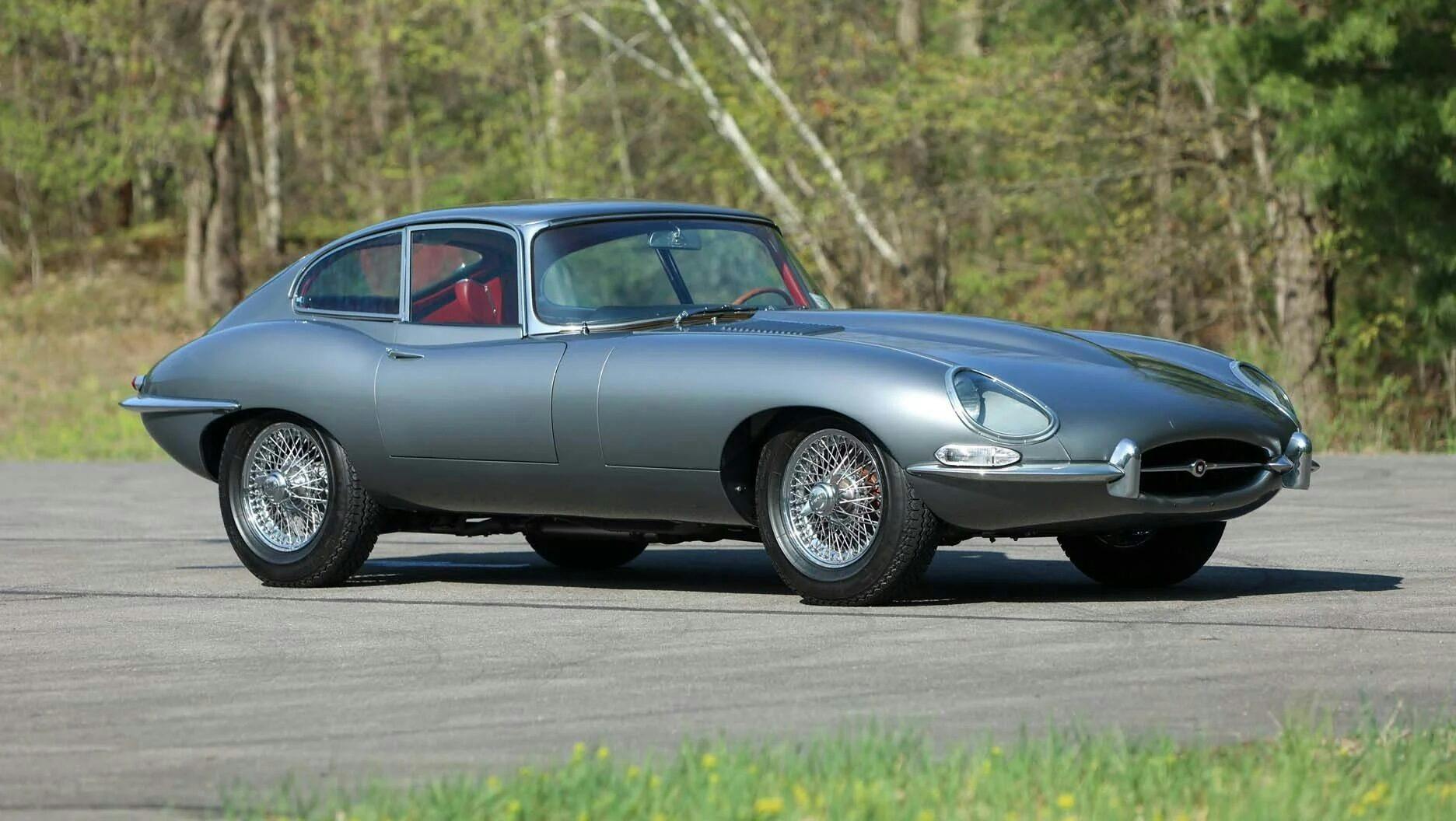
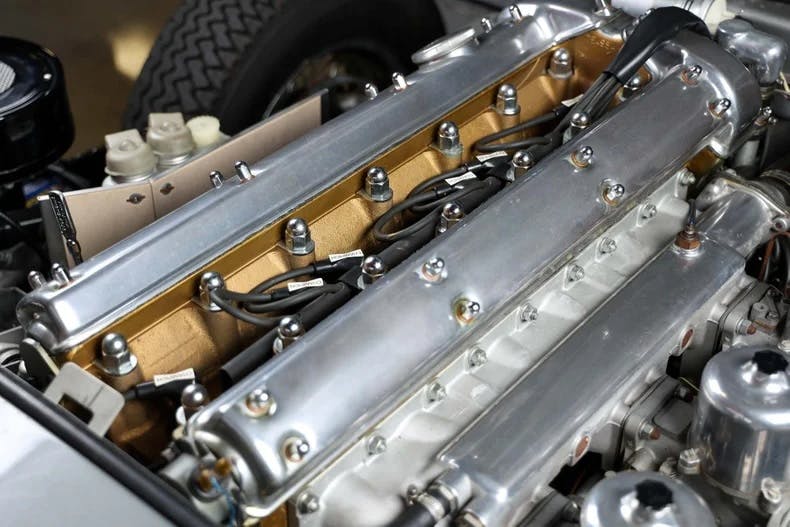
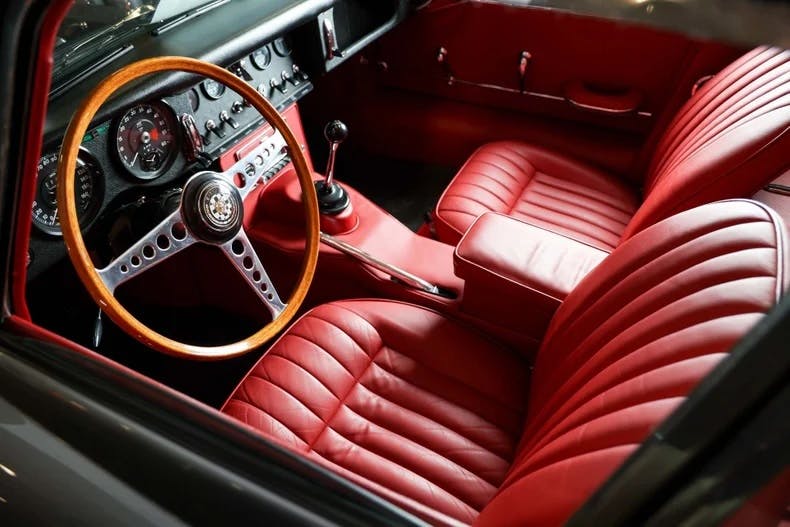
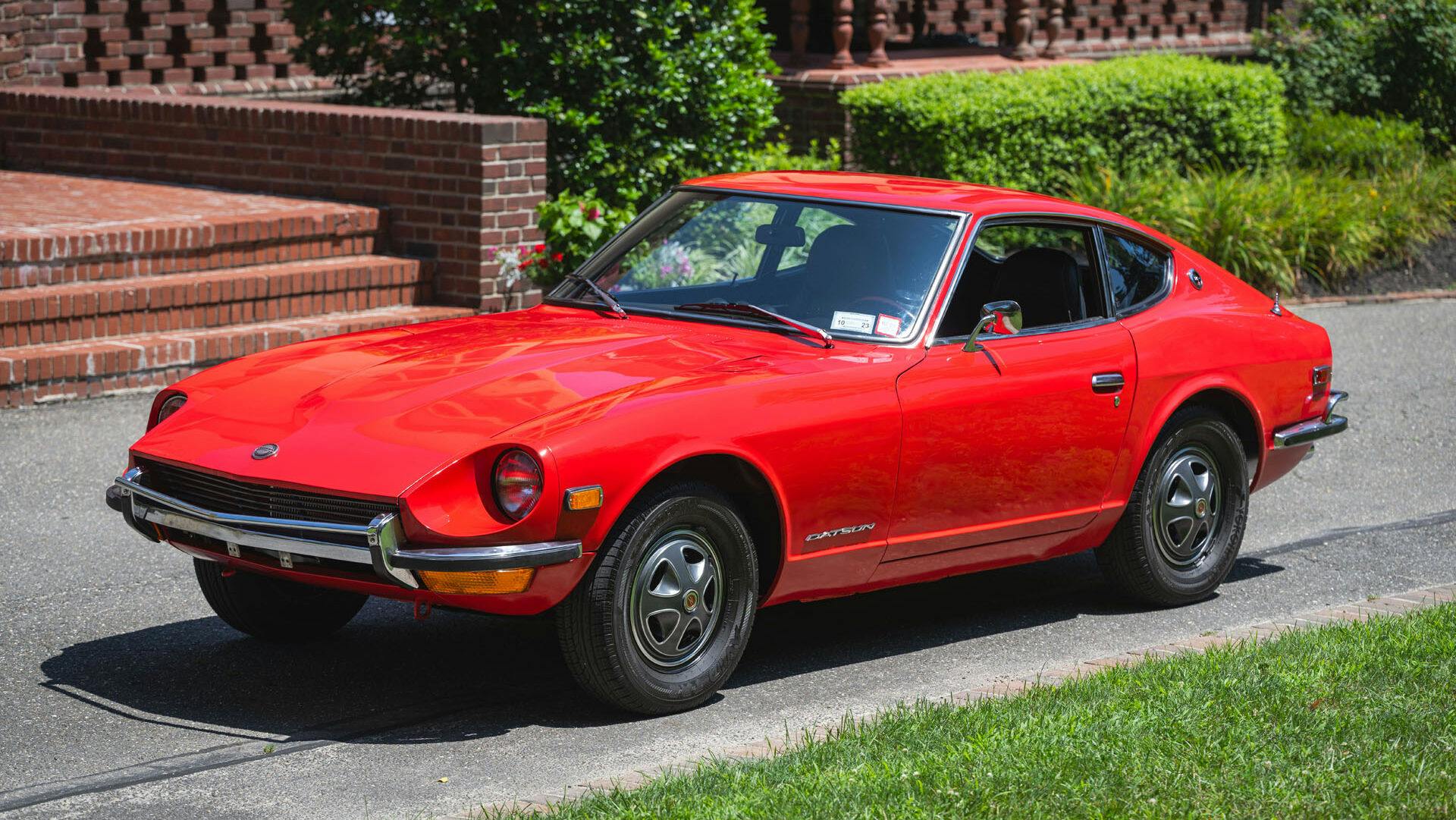
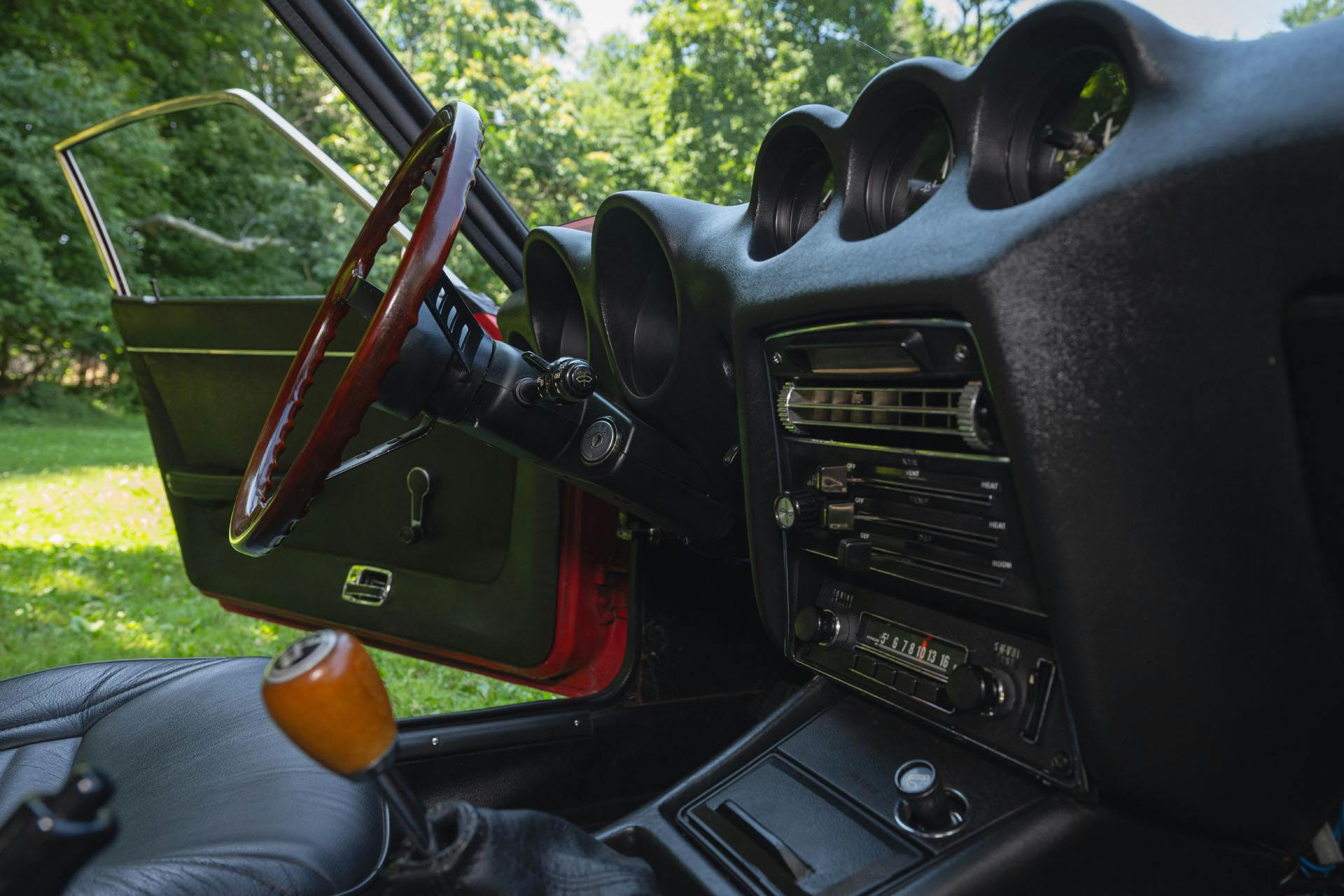

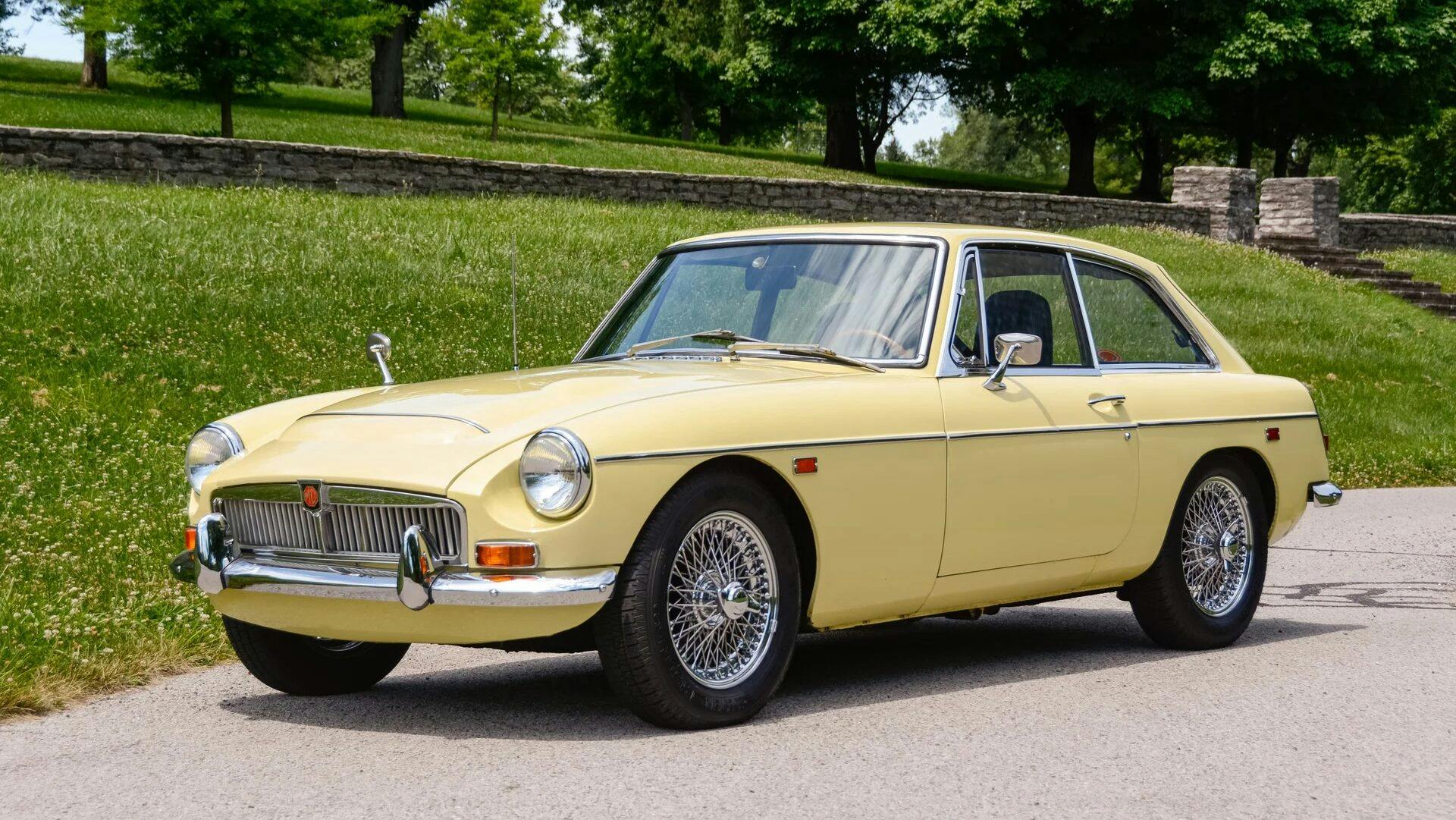
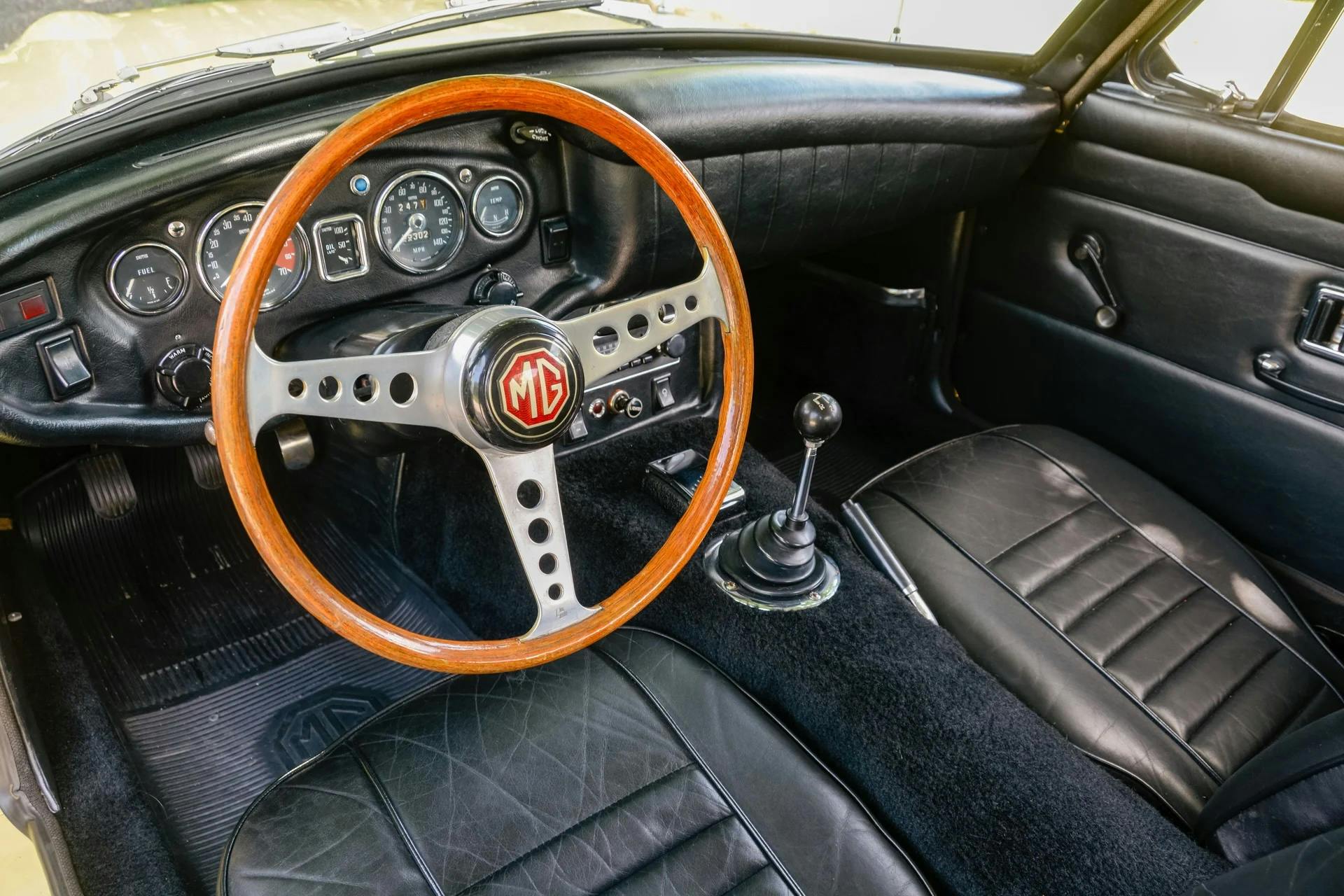
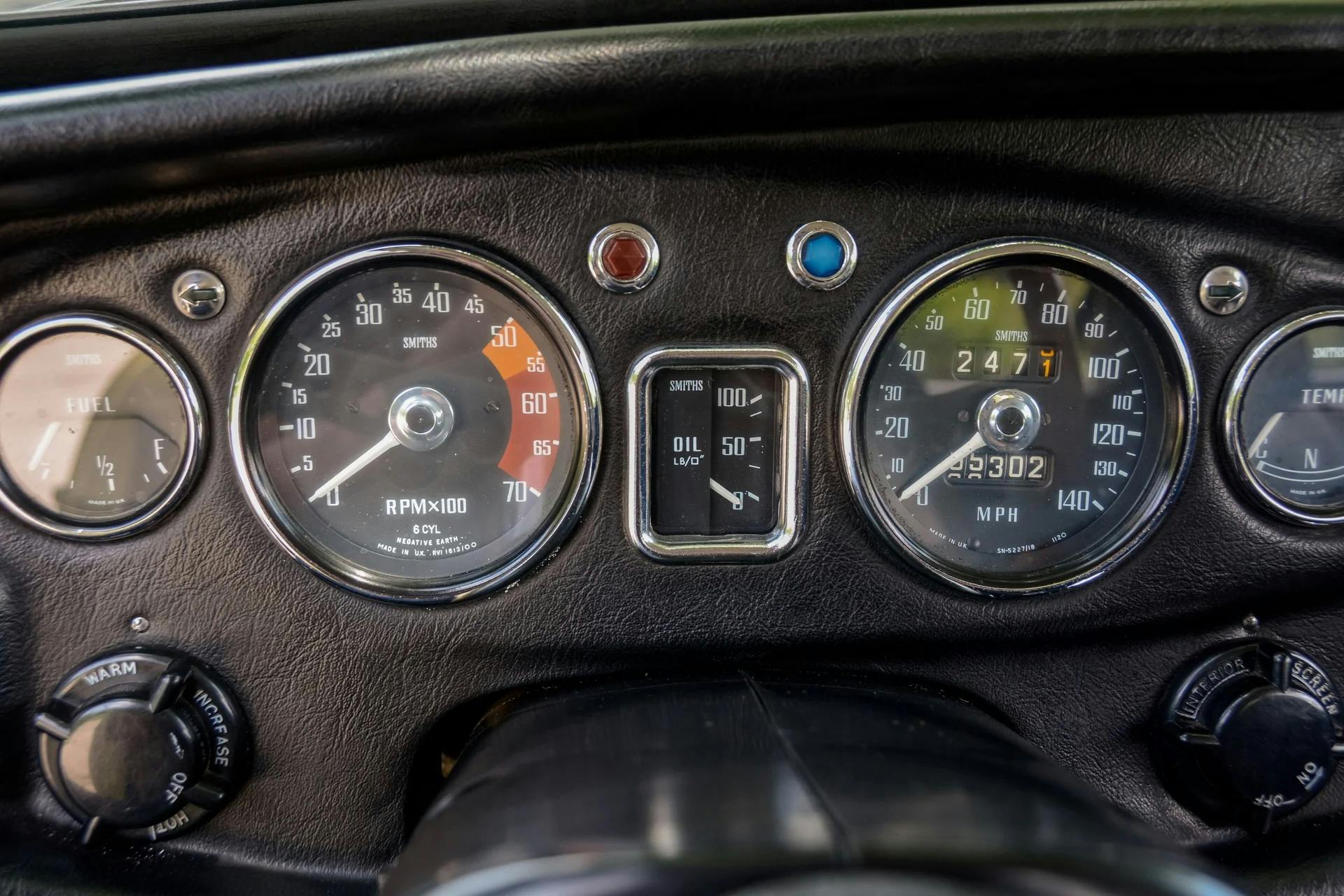













I enjoy reading the articles written by the writers to see if there is a hidden bias (know or unknown by the author). With this article, I would say the author of the article is leaning towards the UK cars versus the rest of the available in this pro con write up. All of the non-UK vehicles had issues which bugged the author while the UK vehicles were completely satisfactory and any anomalies were accepted without complaint.
If I am incorrect I apologize but I tend to notice most articles written in Hagerty about cars tend to have a bias towards one manufacturer or country of origin.
In the early 1970s I had two Datsun 240Z ,,,,,,, the first was a five speed manual and I used to get out on back roads and drive it at 100 mph and it was AWESOME. The “freeway float” in the article was a worry since the front would tend to float, so Datsun offered a fairing that would pull air down and offset that. The bigger flaw was the brakes which were weak for a dynamic car like that, but aftermarket brakes are larger and offset that issue. The front wheel disc brakes were just too small and the drum brakes on the rear were ineffective so replacement was necessary.
The 240Z was a wonderful handling car, affordable, gorgeous looking, a babe magnet, and the engine was reliable. Fuel injection would have helped. The press on hubcaps had a habit of falling off and people would steal them off cars due to this.
Overall, the Datsun 240Z was an amazing car and is a restoration candidate today.
Having owned both a 240z and an XKE I agree with some of comments. I never found miy 240z noticably droned. My E-type was more of GT than a true sports car. I drove it 60 miles round trip to work until mid 90s. Only let me down once. However, it required work almost every weekend to keep it on the road. The 240z was trouble free and required nothing but routine maintenance.
I would like to see American auto’s judged rather than all the imports. This makes me think American cars don’t match up to your expectations.
I own a ’64 Riviera for more than 45 years and for me it remains the perfect combination of comfort and performance with a timeless beautiful design. Turning radius is indeed a minus point but I don’t agree about the critics on his very performant drum brakes. This is not a Ferrari nor a Rolls but it deserves the international
recognition as “one of the best American Cars”-ever made..
Over a period of 50 years, I had four memorable ’65/’66 cars (and about 15 other ‘collectors’. The 65’s: a 3.8L E-type, an Austin Healey 3000 MkIII and a GTO 389 tri. I loved each and every one of those. What makes me laugh are the comments I still hear from so-called knowledgeable car guys about the British cars as to the multiple SU carbs being a constant problem. Mine never were – I learned how easy they were to tune. Yes, a few issues with the Lucas components but nothing like people claim. The Goat was one of my last classics, and I enjoyed every head-turning mile I drove it. My ’66 Ford Fairlane 2-door XL 500 with a 390 and 4-speed was my first hot American car. I was 18, and loved the way that car accelerated. Many years later I tried to find another with no luck.
I had lots of clunkers and many ok machines, but the above four still make my heart pound.
What about those folks who buy a car, find a few things lacking and then get them modified or otherwise fixed (DIY or specialist)? Modifying cars to improve their looks and/or performance can be a source of great joy and satisfaction.
Must have been written by a Gen Z’er.
I owned a Datsun 240Z and it was the closest I ever came to feel like I was a Jet Pilot. The Dash and Gages were inspiring. I would like to thank our Japanese friends for allowing it to be sold in the US. They call it a “Fair Lady” in Japan. The initial cost was soooo reasonable that they pumped it up in later years and improved the car. You would also liked to have seen the “Cost Association” in your article for each car.
I owned a Datsun 240Z and it was the closest I ever came to feel like I was a Jet Pilot. The Dash and Gages were inspiring. I would like to thank our Japanese friends for allowing it to be sold in the US. They call it a “Fair Lady” in Japan. The initial cost was soooo reasonable that they pumped it up in later years and improved the car. I would also liked to have seen the “Cost Association” in your article for each car.
I disagree with all of them. All of the ‘under rated’ cars are expensive nightmares to own both for parts cost and having work done on them (continally). The ‘Z’ cars were OK for their day performance wise. It’s the STYLE that wins everyone over. My high school English teacher had a BMW 2002. It was new then. He loved it and drove it until it was dust. Most ALL American luxury cars (Riv was one of them) were mostly style and ride comfort over anything else.
What can I say? I bought a 911SC new in 1981, and I still find it all that after 43 years.
The minute I saw the 1963 Riviera I was hooked. And when the 1971 Boat-tail was introduced, Not only was I hooked, but I had to have one.
I tell everyone who ask’s me what the E-type is like to drive, that it’s a far more modern feel than you would think. 4-wheel disc brakes, suspension, and monocoque chassis / tub will do that! I wish I had a dollar for everyone that comments on it being unreliable. Far from the truth!
The BMW 2002Tii was a great car, again like many cars , poor owners let them down
No comment on the cars, I just was surprised to hear Johnny Carson narrating the Buick commercial from 1963.